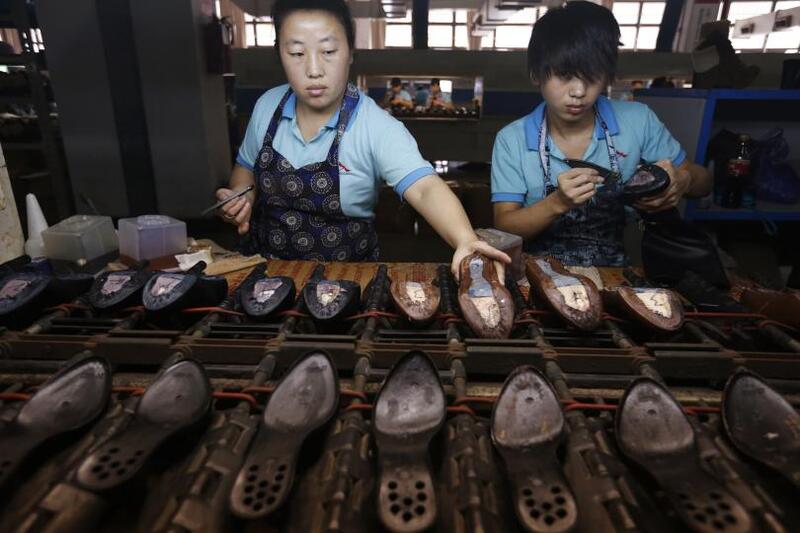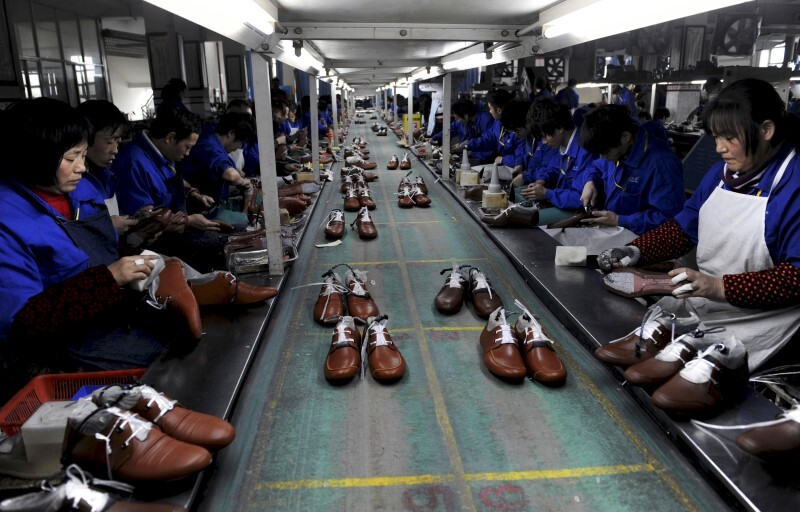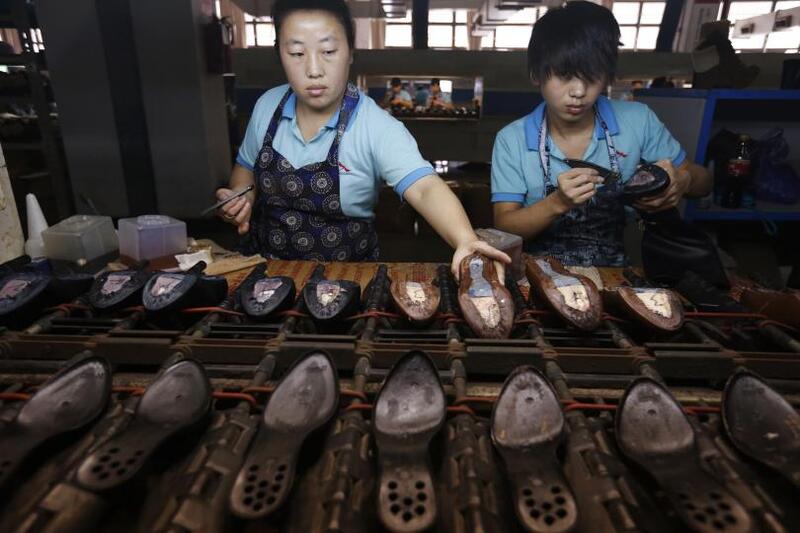The opportunities and challenges to Vietnamese footwear export into EU market
European market is a key market for Vietnam in general and footwear export in particular. According to data from the General Statistics Office of Vietnam, in recent years, Europe has risen to the first position and became the largest export market of Vietnam with turnover reaching 24.33 billion USD accounting for 37.2% of total export turnover of the country. In particular, footwear exports have contributed significantly to the total export turnover of Vietnam. However, exports of footwear to Europe also face to certain difficulties and barriers.
The situation of Vietnam's footwear export
Over the years, footwear exports have grown in spite of tariff barriers from major markets. Specifically, the export turnover of footwear has tended to increase steadily with an average growth rate of about 14% a year. Since 2011 onwards, Vietnam's export growth has increased significantly. In terms of market share of Vietnam's export markets, in 2016, Vietnam footwear exports reached $8.5 billion, of which the two largest markets - Europe and the United States accounted for a total of $5.8 billion. The export turnover of footwear to Europe reached about 10.5% of total export turnover of Vietnam to Europe.
Advantages and disadvantages for Vietnam footwear export in the future
No anti-dumping tax
In previous years, Vietnam's footwear exporters had to pay an anti-dumping duty of up to 10%. In 2011, Europe issued a formal notice of termination of anti-dumping duty imposed on imports of leather footwear in Vietnam and China after more than three years of taxation. That footwear products are no longer subject to anti-dumping duty at a rate of 10% when exported to the European market is a great benefit for Vietnamese footwear businesses.
However, in the past, Europe imposed a tax on Vietnamese leather shoes at 10%, China at 16.5%. The higher margin of 6.5% for Chinese leather shoes partly make leather shoes of Vietnam more competitive in this market. Now, when both are not subject to anti-dumping tax, this will be a disadvantage in competing with Chinese shoes.
New European Generous Tariff Preferences
Starting in 2014, the European Union announced the new Common Effective Preferential Tariff (GSP) program for developing countries to create favorable conditions for Vietnamese footwear exporters to this market. This mechanism will not be applied to a country where total exports of goods to Europe belong to a product category that exceeds 17.5% of total imports of similar goods from all EU GSP beneficiaries within 3 years. Thus, the market share of Vietnam is expected to increase as China and some countries are excluded from the GSP, but also not increased because it has to compete with many competitors. One major barrier to GSP for Vietnam is that the rules of origin are quite complex, which limits the market access of Vietnamese firms. This is the main reason why the GSP utilization rate of many developing countries is low because of the difficulty in responding.
Vietnam - EU Free Trade Agreement (FTA)
In the previous years, Vietnam's footwear tax was about 8% - 15% when exporting to the EU. Since the entry into force of the Vietnam - EU free trade agreement, Vietnamese footwear entering the EU market will benefit from tariffs, which will contribute to increasing the competitiveness of this product in the EU.
However, standards imposed by Europe are among the strictest and most difficult to achieve at the highest cost in the world. Stricter environmental regulations and safeguards are always a challenge for developing countries in general and for Vietnam in particular. In addition, as exports to the EU market are stepping up, the risk of businesses facing anti-dumping cases is more frequent. Meanwhile, this sector of Vietnam enterprises have little experience to face to this problem.
In general, the footwear export to Vietnam in the European market has many important changes. The problem is that Vietnamese footwear businesses must know how to exploit the opportunities offered by this large market, and to find ways to overcome the difficulties and challenges.










